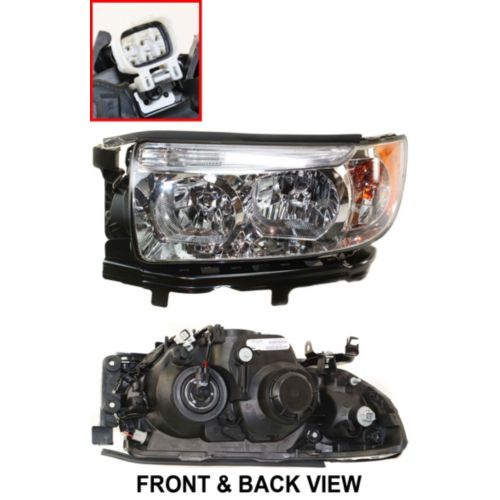Gigitt said:.
Why a twin headlight like the S10 blow 2 bulbs close together - because both bulbs have endures the same conditions - both always on and vibrating.
other cars/bike with dual headlights (separate low and high beams) will not blow both bulbs together as you use the high beams bulb less so it lasts longer.
as a general rule, I replace both similar bulbs together for this reason, if one low beams blows I replace both. same with high. I keep the old good globe as an emergency spare.
::026:: It doesn't have to be a headlight. Any bulb with a FILAMENT is susceptible. Filaments get brittle with use and time. Bulbs, as mentioned, have a life span in hours. Current changes affect the filaments. When one burns out, there is a SLIGHT current change. When a bulb is new/flexible, those current changes do not affect it much. With a finite life span, the old/brittle filament will fail. This is not BS. Mechanics & electricians, who are not trying to sell me anything, have told me this. I have noticed over the years, the bulbs in my vehicles with less electrical equipment,(ie power window/seats), last longer. My 13 year old truck, with 140k+ miles, has had one brake light burn out. (manual transmission, windows, and locks) I replaced both brake bulbs knowing the other would be failing soon. And they come in pairs anyway. LEDs will last long; no filament.
